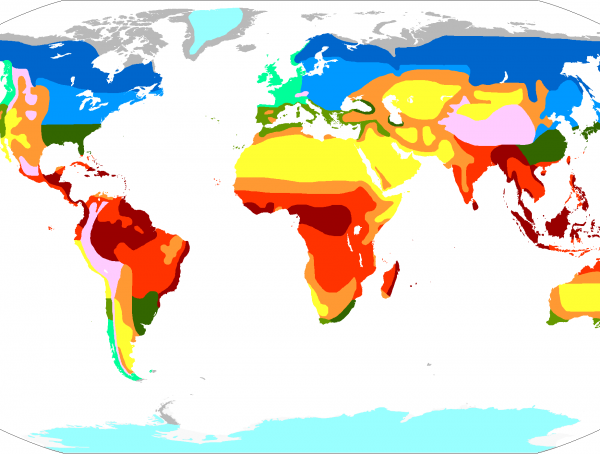The American public is divided on the issue of climate change. Some call for actions to slow it, while others simply dismiss the matter. Effectively engaging the public on climate change remains a communication challenge.
Teresa A. Myers and Edward W. Maibach of Center for Climate Change Communication at George Mason University, Matthew C. Nisbet of School of Communication at American University in Washington, D.C., and Anthony A. Leiserowitz of School of Forestry at Yale University conducted a randomized, controlled message experiment on a nationally representative online sample of 1,127 individuals. They hypothesized that framing climate change in terms of public health, national security or both may make climate change more personally relevant and emotionally engaging.
Subjects were asked to read uniquely framed news articles about climate change emphasizing either the risks to the environment, public health or national security and the benefits of mitigation and adaptation-related actions.
Across audience segments, the public health focus was the most likely to elicit emotional reactions consistent with support for climate change mitigation and adaptation. However, the national security frame can boomerang among audience segments already doubtful or dismissive of the issue, eliciting anger.
Read the full text of the study:
Myers, T. A., Nisbet, M. C., Maibach, E. W., & Leiserowitz, A. A. (2012). A public health frame arouses hopeful emotions about climate change. Climatic Change, 113(3-4), 1105-1112.









1 Comment
The claim that additional carbon dioxide will catastrophically warm the Earth is based on a scientific hypothesis that violates the conservation of energy, violates electromagnetic field theory, and which would require the atmosphere to absorb infrared radiation far more effectively than a black body absorber could. The so-called settled science is fundamentally in violation of well-known physics. Yes, the so-called greenhouse gases have made the Earth’s surface about 19 Kelvin (not 33K as is usually claimed) warmer than it would otherwise be, but additional infrared-active gases have much less warming effect because the warming is saturated rapidly with additions, while those gases also have cooling effects which are much less saturated or cannot be saturated at all. The net effect of additional carbon dioxide is extremely small. The above article is about how to frighten people most effectively about something which is not rationally of significant concern.